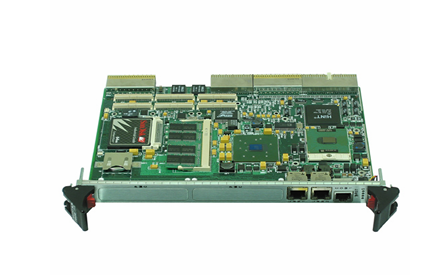
Best Practices for Collaboration Between Industry and Academe
What to avoid when collaborating
A list of aspects and attributes that create barriers to collaboration came out of the survey as well. Collaborative programs break down when one entity seeks to impose its way on the others. This might be the university claiming all rights to IP, industry imposing barriers to all publications, a faculty researcher taking the funding and steering the project for his or her preferred outcomes, industry seeking to manage the researchers with weekly reporting as if they were full-time employees, or the university wanting full control of all financial transactions.
Failure also happens when either side is not fully engaged, not providing the personnel time or resources required to aid the others. Engagement could falter because of personnel movement (either in management or the liaison), a shift in urgencies to be solved, or a “collaboration” that was really motivated by a nontechnical purpose. A collaboration must support the business needs. If it is motivated by an alumnus allegiance to the university, then support will prematurely end when the champion moves.
Final thoughts
Academic-practice collaboration is important to prepare industry-ready graduates and to align faculty research outcomes to have practicable value for practitioners. The structure, activities and outcomes of any collaboration must be perceived as a benefit-to-cost win for each participant.
Collaboration can benefit industry by shifting academic expertise to provide industrial solutions, which prepares employment-ready graduates and adds value to the economy. Collaboration can benefit academe by providing research topics and funding that lead to research productivity.
A director who understands all cultures and can actively shape the work, communications, processes, commitment, and outcomes to sustain credibility is a strong indicator of collaboration success. On the industrial side, the director needs to be powerful enough to sustain resource allocation during the next “corporate crises.”
Acknowledgements
The author enjoyed collaboration with task force members and others on the IFAC Industry Committee. We are especially grateful to the 125 survey respondents who provided valuable input and to Control magazine, ISA divisions, and IFAC for soliciting participants.
Successful collaboration: Miami University of Ohio
The Pulp and Paper program at Miami University of Ohio has a process control minor to prepare engineering graduates to supply industrial needs. To recruit students into this relatively unknown career, collaboration with industry partners offers both a three-week intersession course in the practice of process control and summer internship opportunities for students.
The course segments are offered by application-oriented faculty and practitioners, and the course topics are aligned with both industrial needs and engineering education criteria. The course and internships are attractive for students, and industry is happy that an academic program is supplying their workforce development needs. Visit the internship site.
Successful collaboration: University of Michigan
The Reconfigurable Manufacturing Systems (RMS) program at the University of Michigan was established in 1996 with partial support from the National Science Foundation as an Engineering Research Center (ERC) to improve manufacturing productivity. It was funded by more than 30 company collaborators.
Benefitting industry, from 1997 to 2012, ERC-RMS produced more than 350 graduate students, most of whom are working in U.S. industry, and improved productivity in more than 69 production lines in 15 factories in the U.S. and Canada. Benefitting academe, application projects have been essential to the career development of many students and faculty and for bragging rights of the university. Although initial funding has waned, the legacy of collaboration, labs and courses, and relevant teaching continues. Visit the Engineering Research Center site.
Successful collaboration: Purdue University
The Center for Innovation in Control, Optimization and Networks (ICON) at Purdue University explores innovative control solutions to challenges associated with manufacturing, transportation, supply chains, health care, power, communication, and social networks. These systems are rapidly growing in scale and complexity, driven by advances in autonomy and connectivity. ICON seeks to develop knowledge and techniques for control and optimizing, to customize curricula to meet emerging educational needs, to collaborate with industry to tackle priorities, and to provide employment-ready graduates. It was established in 2020, has about 70 faculty researchers from a dozen departments, has funding from both industry and government, and enjoys strong collaboration with Saab, Rolls-Royce, Northrop Grumman, and John Deere. Students provide biweekly reports to industrial partners who provide feedback direction, advice, and serve on dissertation committees. Visit the Center for Innovation in Control, Optimization and Networks.
Glossary of terms and definitions
Collaboration:





.jpg)


































































.jpg)
.jpg)





.jpg)



.png)
.jpg)

.jpg)
_lVjBYb.jpg)

.jpg)
.jpg)



.jpg)
.jpg)







.jpg)

.jpg)
.jpg)






